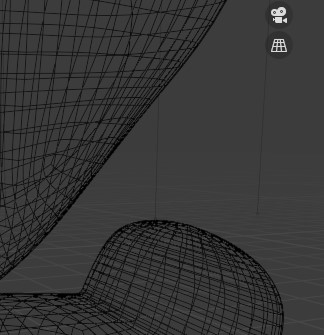The art of storytelling in cinema has evolved drastically over the past century. From the early days of silent films to the golden age of Hollywood blockbusters, each generation has witnessed a transformation in how stories are told on the big screen. One of the most groundbreaking shifts in recent decades has been the rise of 3D animation—a technology that has not only redefined how films are made but also how audiences connect with them.
A Leap Beyond Traditional Animation
Traditional animation—where each frame is drawn by hand—set the foundation for beloved classics like Snow White and the Seven Dwarfs and The Lion King. While these works remain iconic, the advent of 3D animation opened new doors. Instead of flat, 2D drawings, filmmakers could now create fully realized three-dimensional worlds where characters and environments felt tangible and alive.
This leap in dimensionality brought depth, realism, and nuance to animated storytelling. With 3D animation, the camera could move through scenes as it would in live-action films, allowing for dynamic angles, intricate lighting effects, and more immersive experiences.
Changing the Game: Pixar and the New Era
The turning point for 3D animation in mainstream cinema came with Pixar’s Toy Story in 1995—the first fully 3D animated feature film. It was a moment that redefined the industry. Beyond the technical marvel, what made Toy Story so impactful was its heart. It proved that 3D animation wasn’t just about visuals; it was a powerful storytelling medium.
Since then, studios like DreamWorks, Illumination, and Disney Animation have embraced 3D animation to deliver films that are not only visually stunning but emotionally resonant. Movies like Frozen, How to Train Your Dragon, and Coco have captivated audiences of all ages, blending state-of-the-art technology with timeless narratives.
Empowering Imagination
What makes 3D animation revolutionary is its limitless potential. In live-action, filmmakers are often constrained by physical realities—sets, actors, weather, and budget. But in 3D animation, anything the mind can imagine can be brought to life. Want a talking snowman? A futuristic robot with human emotions? A jungle teeming with musical animals? With 3D animation, it’s not just possible—it’s believable.
This freedom empowers creators to explore stories that would be otherwise impossible or cost-prohibitive in live-action. It invites audiences into fantastical worlds that still feel grounded, thanks to meticulous attention to detail in movement, texture, and expression.
The Future of Cinematic Storytelling
As technology continues to evolve, with advancements in motion capture, AI-driven animation, and real-time rendering, 3D animation is poised to play an even greater role in the future of cinema. It’s not just for animated features anymore. Live-action films now rely heavily on 3D animation for visual effects, character creation, and even entire digital environments, blurring the lines between what’s real and what’s animated.
Moreover, with the rise of virtual reality (VR) and interactive media, 3D animation is pushing storytelling into new realms where audiences can not only watch but participate.
Conclusion
3D animation has revolutionized cinematic storytelling—not just by enhancing visual spectacle, but by expanding the emotional and narrative possibilities of film. It has bridged the gap between technology and creativity, opening up a universe of stories waiting to be told. As the tools become more powerful and accessible, the future of storytelling is boundless, and 3D animation will be at the heart of that journey.
